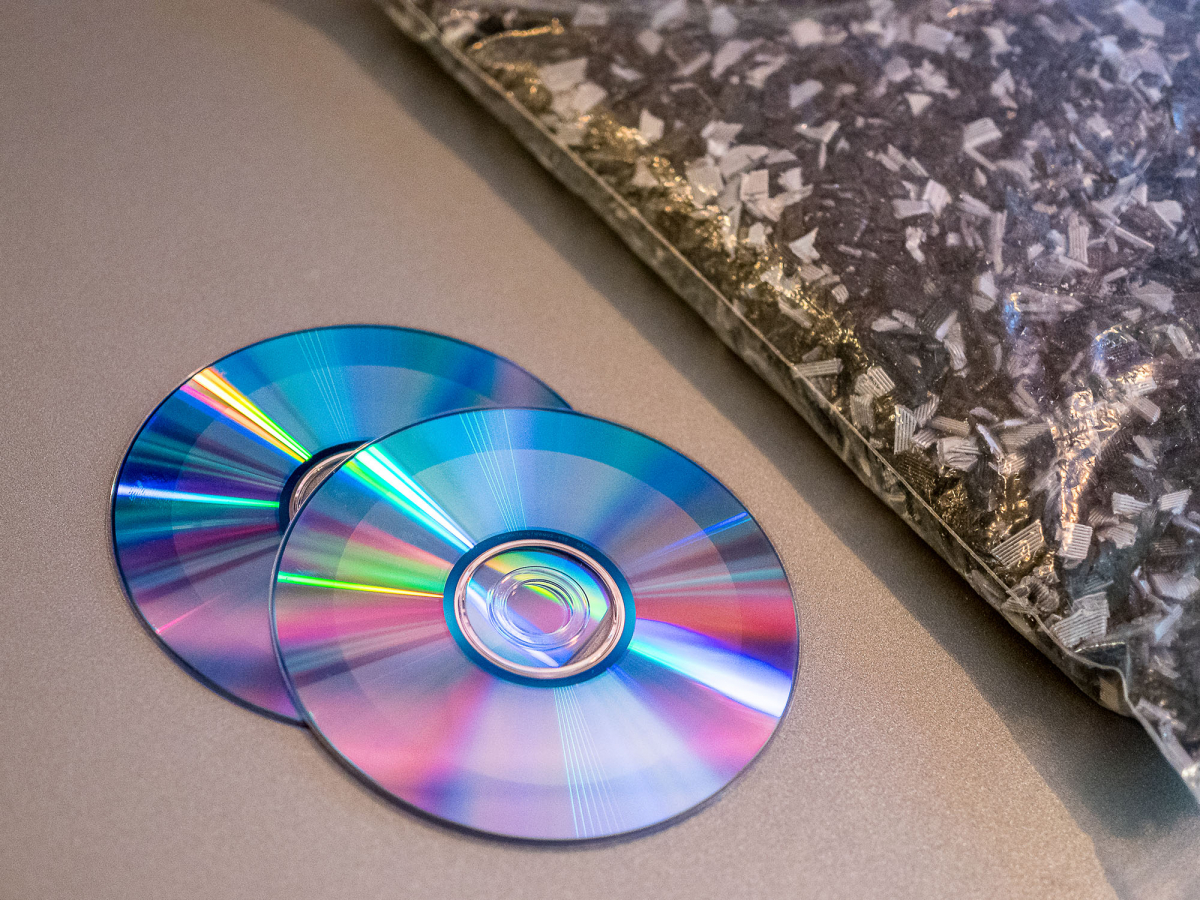New study: Plastic recycling exacerbates the plastic problem
In view of the latest study results, one could almost be pleased that only nine percent of plastic waste worldwide is actually recycled. In the United States, the rate is currently 5 percent. Most used plastic is landfilled, incinerated – or ends up in the environment.
Out of a new studyabout the Wired reported, it now appears that even recycling might not be a viable alternative to the other bad alternatives. Because she found out that even when plastic ends up in a recycling center, it shatters into tiny pieces that can pollute the air and water.
The study focused on a single plant in which plastics are sorted, crushed and melted into pellets. However, it was a brand new system that corresponded to the current state of the art.
Nevertheless, the researchers found alarming results. For example, the plastic in the plant is washed several times, which means that microplastic particles – fragments smaller than 5 millimeters – end up in the plant’s wastewater.
The amount of microplastics found was incredibly high. Even with filtration, the total effluent from the various washing plants could contain up to 75 billion particles per cubic meter of effluent.
“It seems almost backwards that we’re recycling plastic to protect the environment and then amplifying another and potentially more harmful problem,” Erina Brown, a plastics scientist and study leader at Scotland’s University of Strathclyde in Glasgow, told Wired.
“That raises serious concerns,” agrees Judith Enck. She is president of Beyond Plastics and former US Environmental Protection Agency regional administrator: “And I also think that points to the fact that plastics are inherently unsustainable.”
Still, filtration makes a difference. Without them, the researchers calculated, this single recycling plant could emit up to 3.3 million kilograms of microplastics per year. So filtering reduces the amount by about half.
One problem with the study design, however, is that the team only tested microplastics up to a size of 1.6 microns. However, plastic particles can become much smaller.
For example, nanoplastics are so tiny that they can penetrate individual cells. The study is therefore likely to underestimate the problem. The researchers also found high concentrations of microplastics in the air inside the facility.
The problem: Recycling a plastic bottle doesn’t simply create a new bottle. First it has to be disassembled and reassembled.
“The recycling centers are potentially making things worse by generating microplastics more quickly and releasing them into water and air,” says Deonie Allen, co-author of the study and microplastics researcher at the University of Birmingham. “I’m not sure if we can solve this problem with technical means.”
Recycling is actually not the best idea. For example, a plastic bottle can easily be recycled. However, we can only do this a few times before the material degrades too much to be recycled again.
So it’s what Wired calls the industry’s literal dirty secret. Mountains of plastic waste would be shipped to economically developing countries. There, the material is often burned in open pits.
Scientists and environmental protection groups agree that plastic production must be massively reduced. “I think this shows that plastics recycling in its traditional form has some serious problems,” says Enck. “This is another reason to do everything humanly possible to avoid buying plastic.”



